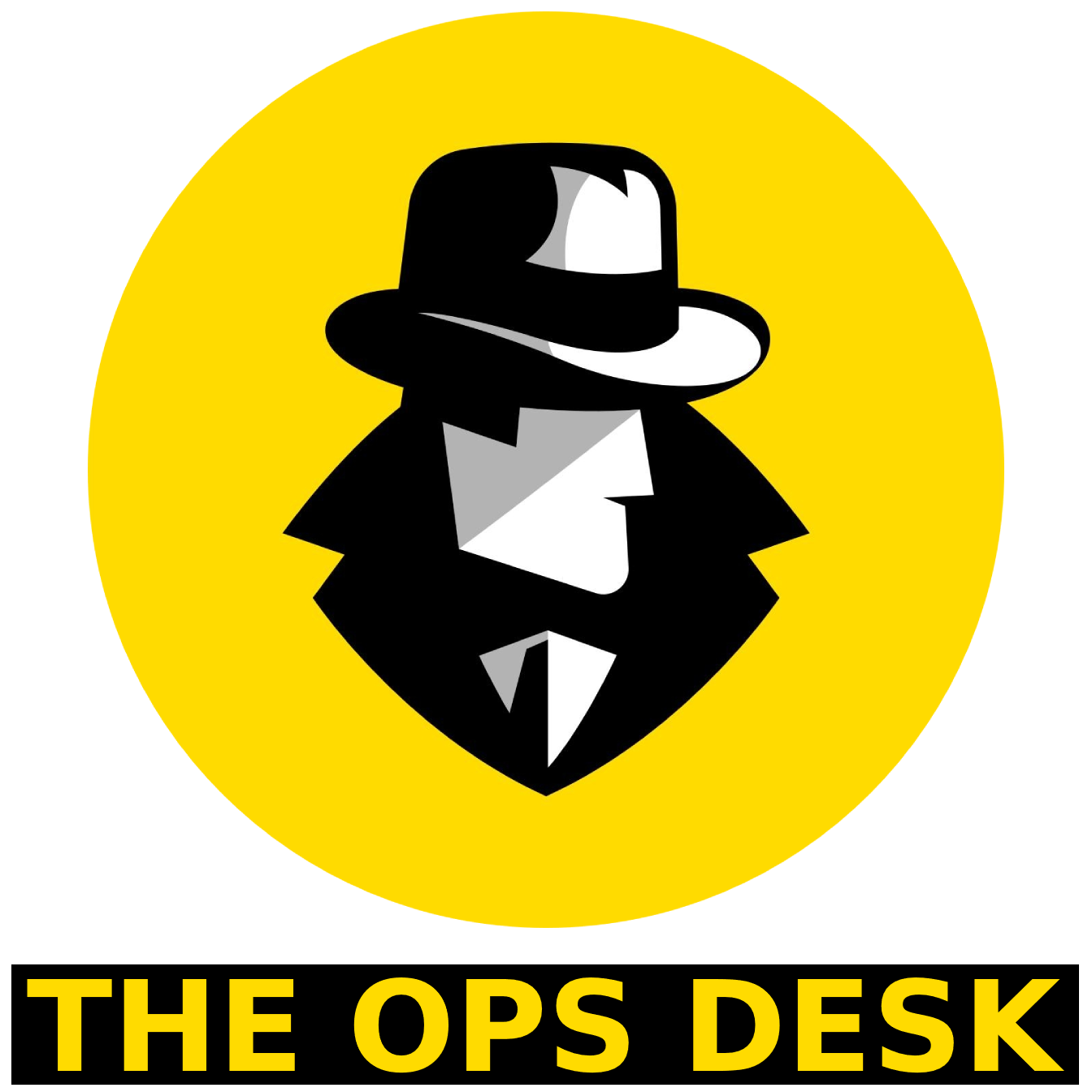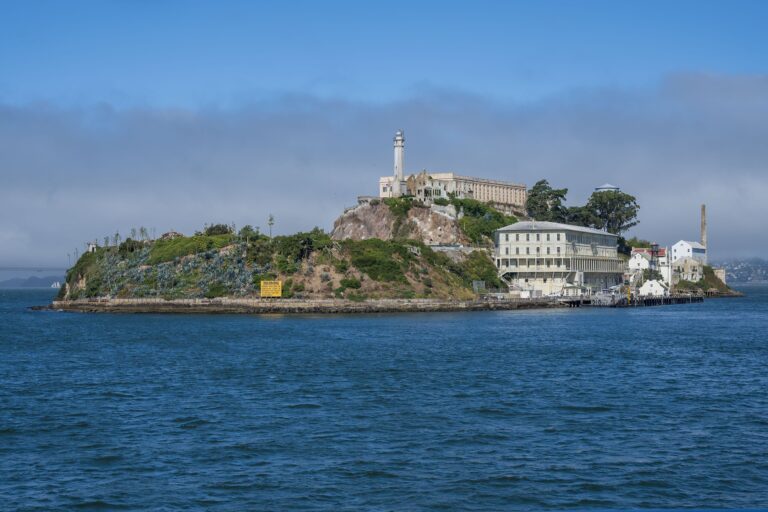On November 20, 1969 a group of Native American rights activists landed on Alcatraz Island and occupied it in protest of the treatment of their people. The occupiers claimed that under the 1868 Treaty of Fort Laramie, all retired, abandoned, or out-of-use federal land was to be returned to the Indians who once occupied it. As Alcatraz penitentiary had been closed on March 21, 1963, and the island had been declared surplus federal property in 1964. These Indians were here to reclaim the land. The occupiers wanted to establish a permanent settlement on the island and create a museum and cultural center for visitors.
One might expect an occupation or protest to last a few days or weeks. That was not the case with these determined people. The occupation started with a few dozen people, but quickly grew to over 400. Schools were established, food and water supplies were obtained. A Coast Guard blockade was not completely successful and the protesters were able to sustain themselves. They created and newsletter and radio broadcast to get their message out. Negotiations with the Nixon Administration did not resolve the demands of the occupiers. The protest continued for months and then years. It was still going in 1971, although their numbers had diminished.
In January 1971, two oil tankers collided in the entrance to the San Francisco Bay. The oldest lighthouse on the west coast was on Alcatraz and had been off since the occupation began. Apparently the lack of an Alcatraz light or fog horn played no part in the collision, but it was enough to push the federal government into forcibly ending the occupation. President Nixon gave the go ahead to develop a removal plan.
On June 10, 1971, US Marshals, FBI agents, and police SWAT teams swarmed the island and removed five women, four children, and six unarmed Indian men. The occupation was over. Alcatraz would remain unoccupied for two years. It was eventually given to the National Parks Service and turned in to the popular prison museum that remains there today. Although controversial and forcibly ended, the Occupation is hailed by many as a success for having attained international attention for the situation of native peoples in the United States.











